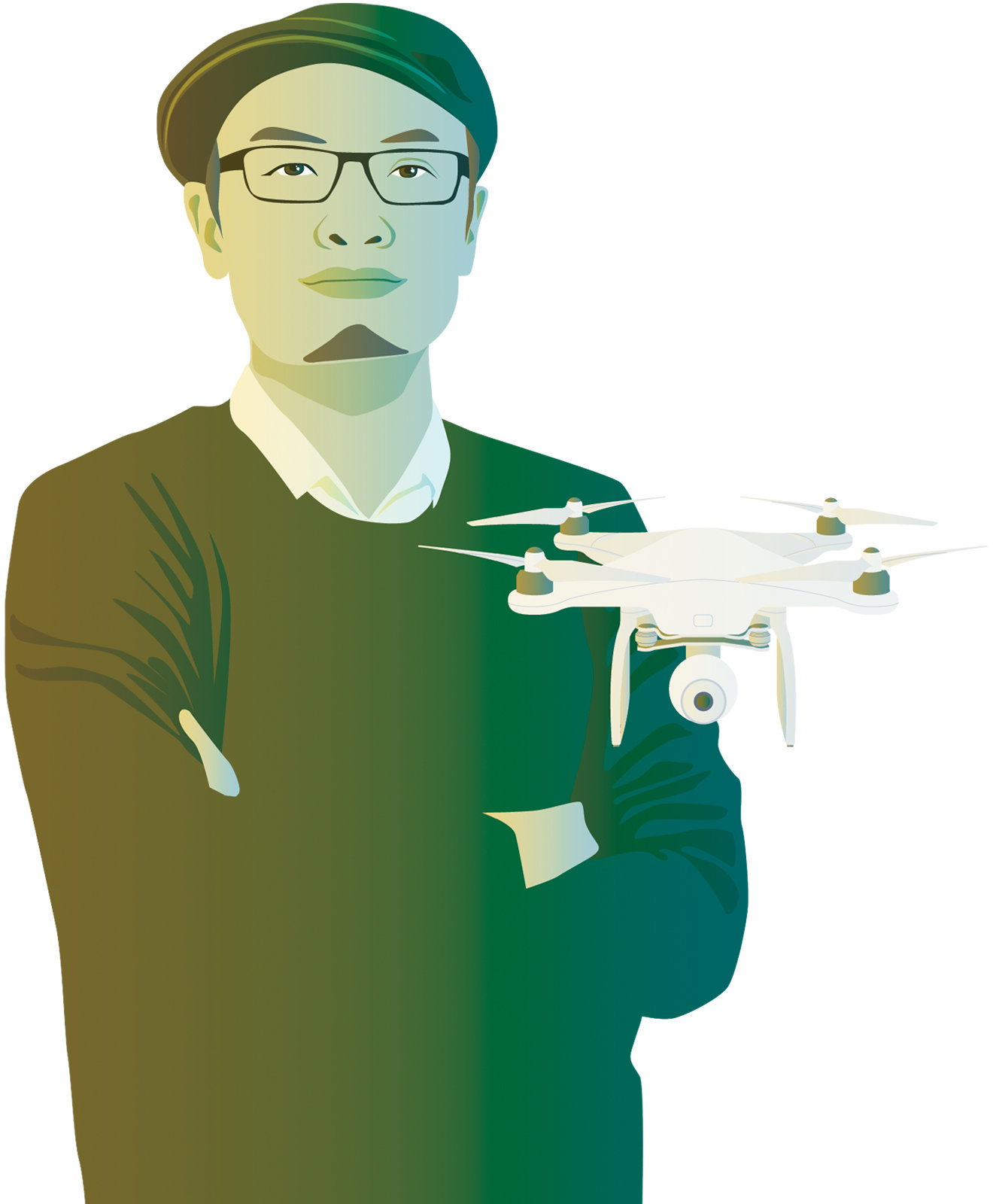There’s no place quite like Shenzhen, a megacity of 13 million people that mushroomed from the Pearl River Delta in just four decades. And its rise shows no signs of abating, literally: in 2016, the southern Chinese megapolis built more skyscrapers than the US and Australia combined, and its skyline already rivals that of Shanghai and Hong Kong.
In the early 1980s, Shenzhen was chosen as China’s first special economic zone, offering preferential policies to pilot the nation’s opening up to overseas investors. Fast forward to today, and the city is now home to some of the country’s most innovative companies, including super app WeChat’s mother company Tencent and multinational technology and telecommunications firm Huawei.
Meanwhile, Shenzhen automaker BYD (short for ‘Build Your Dreams’, which could almost be the city’s own motto), is tipped to become the number two best-selling electric car brand in the world this year, behind Tesla. Beyond China’s borders, the world has taken notice of Shenzhen’s innovation. Last year, Google opened an office in the city to better serve its local based clients and partners.
Shenzhen’s reputation as the world’s electronics manufacturing hub can be traced to Huaqiangbei, a neighbourhood filled with entire malls that sell every electronic consumer item and component imaginable. Thanks to this ecosystem of innovation and the city’s supply chain and manufacturing infrastructure, prototyping in Shenzhen is far quicker – and cheaper – than in many other parts of the world.
The Person: Frank Wang
At age 16, Frank Wang begged his parents to buy him a radio-controlled helicopter. They obliged, and he crashed it. But instead of giving up, the young engineer figured out how to fix his gadget. Wang went on to study electrical engineering in Hong Kong, where he spent every spare moment tinkering with his hobby. In 2006, Wang made his breakthrough. He created a flight processor – essentially a microchip – which enabled aerial vehicles to hover in place without the need for a pilot.

With this product, he founded DJI in 2006, and moved into an apartment in Shenzhen. In 2008, DJI started selling its products in China. By 2012, the company’s revenue had reached US$26 million. But it was the following year’s release of the flagship DJI Phantom drone that put flight and photography capabilities into the hands of anyone, and sent DJI into orbit.
‘When we first started the company, we made flight control systems, but it was hard to use and the drones were complicated,’ says Wang. ‘We felt it should be very simple, small, reliable and cheap – because if people can use it, the market will be larger.’
Today, DJI has 70 per cent of the global civilian drone market, and it is credited with being the first Chinese brand to pioneer a whole new product category, turning drones from a small-scale hobby into a lifestyle product. Now the company is estimated to be worth upwards of US$15 billion, making Wang one of Asia’s youngest tech billionaires.
Innovation is hardwired into DJI, with at least 25 per cent of the 14,000-strong workforce engaged in research and development. But it hasn’t all been plain sailing. Incidents involving drones at airports (and the infamous crash of a Phantom on the White House lawn in 2015) have caused problems. In each case, the brand has responded with more technological innovation: by applying mandatory geo-locked no-fly zones to all GPS flight software, as well as installing plane and helicopter detection to reduce the risk of collisions.
The Product: BYD Yuan
This small all-electric crossover car from Shenzhen automotive giant BYD has become the best-selling battery electric vehicle (BEV) model in China, shipping more than 30,000 units in the first four months of 2019. Starting at US$16,000 (RMB109,900) each, they’re about a third of the price of the more glamourous Tesla, and the specs-to-price ratio is the best in class. The Yuan series comes equipped with aluminium alloy rims, leather-covered seats, anti-lock brakes and an air-conditioner and tyre pressure monitor system.

Founded in 1995 in Shenzhen, BYD employs some 220,000 people. In addition to automobiles and rechargeable batteries, it also manufactures a range of electric utility vehicles such as buses, forklifts and trucks. Thanks in part to government subsidies, China now accounts for more than half the world’s electric car purchases and is also investing heavily in charging stations around the country. It’s all part of China’s ambition to eliminate fossil fuel-powered vehicles by 2040.
Ones to watch
FlexPai
Shenzhen start-up Royole has created a smartphone that can bend like a sheet of paper, essentially morphing from phone to tablet when flattened. Performance and design may still have a way to go, but the future is clearly foldable.
WeGame X
Tencent’s WeGame client, a digital video game storefront with 200 million users in China, launched globally in April. The platform will compete with industry leaders Steam and Epic Games, aiming to share more Chinese-made video games with the world.
Osmo Action Camera
Shenzhen drone firm DJI is taking on GoPro with its latest product: a compact, rugged sports video camera with optics by Swedish camera firm Hasselblad, which DJI reportedly acquired in 2017.
Ferries operate from Hong Kong Airport to Shenzhen













